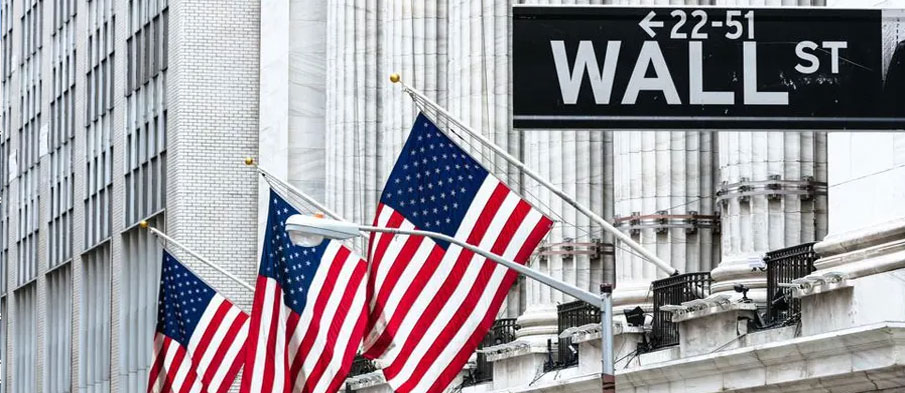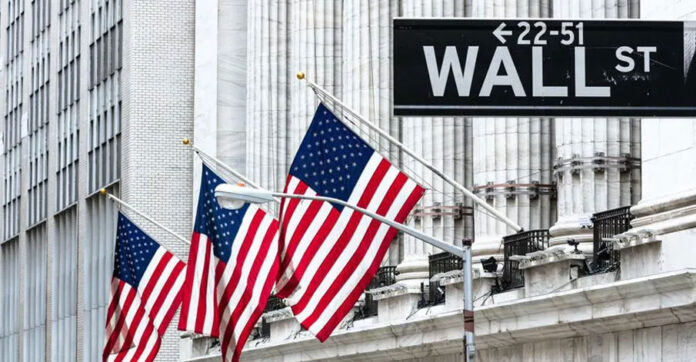
Wall Street received a reality check after a disappointing start to the megacap earnings season, raising concerns that the artificial intelligence frenzy fueling the bull market might be overhyped. A selloff in big tech led the S&P 500 to its worst day since December 2022, ending the best streak without a 2% drop since the start of the global financial crisis. Losses were even more pronounced in the Nasdaq 100, which tumbled over 3.5%.
Alphabet Inc. slid 5% after its spending to outmatch rivals in AI was higher than analysts expected. Tesla Inc.’s profit miss and delay caused a 12% stock plunge. “Investors are finally waking up to all that AI spending and realizing it is much more of an expense right now rather than a revenue generator,” commented .
Wednesday’s session highlighted the “concentration risk” that bears see in a market heavily reliant on a narrow group of major gainers. For the fourth straight session—and the 10th time in 11 days—smaller companies outperformed larger ones, indicating a shift in investor preferences away from megacap tech names that dominate benchmark indexes.
The Treasury curve steepened on bets that the Federal Reserve is close to cutting rates. Former New York Fed President William Dudley advocated for lower borrowing costs, preferably at next week’s gathering. However, for many analysts, such a move would be concerning as it might indicate officials rushing to avoid a recession.
The Canadian dollar fell as the Bank of Canada cut rates, focusing on “downside risks,” while the yen reached its highest level since May amid an unwinding of carry trades.
Steve Clayton at Hargreaves Lansdown suggested this could be the year markets start talking about the “So-So Seven,” noting that results from Tesla and Alphabet are insufficient to maintain their momentum. “The market is not impressed with the start of earnings season for the mega tech stocks,”. “There was a lot riding on these results, and they don’t provide clear answers about the effectiveness and profit potential for AI right now.”
After driving the stock rally for most of 2024, big tech hit a wall. Traders shifted from megacaps to lagging market segments, driven by bets on Fed rate cuts and concerns that AI still needs to pay off. “Tech’s problem isn’t just that earnings are less than perfect, but the group is still caught up in the violent rotation trade that began with the June CPI,” said Adam Crisafulli of Vital Knowledge. “Many assumed the anti-tech rotation would be short-lived, and its persistence is adding to anxiety about the group and prompting more selling pressure.”
Jose Torres at Interactive Brokers believes the equity correction is far from over. “Yesterday we wrote that a 10% to 15% correction was in the cards this quarter, historically the worst period of the year,” Torres said. “This quarter, valuation concerns are paired with front-loaded gains, irrational exuberance, high earnings estimates, and a presidential election.” Indeed, the second-quarter U.S. earnings season is off to a weaker start than usual. Among S&P 500 companies that reported results, profits beat analyst estimates by the smallest margin since the end of 2022, while sales surprises were the worst in at least two years.
“We are still looking for volatility to increase through the second half of 2024, with the potential for a 10% to 15% correction in benchmarks like the S&P 500 and the Nasdaq 100,” said Dan Wantrobski at Janney Montgomery Scott. “Our work does not point to a secular/structural downturn at this time but rather a pause in the reflationary expansion cycle that began a few years ago.”
As earnings reports roll in, a key technical indicator in the U.S. stock market is close to historic extremes—a crucial gauge that has foretold past selloffs. Known as the 200-day moving average (200-DMA), it measures how the S&P 500 is performing against this longer-term benchmark. Last week, the index was trading as much as 15% above it. Although the gap has since narrowed to 9% through Wednesday’s close, a gap above 12% has preceded declines for the index in 2011, 2018, and 2021. While this does not necessarily mean the market is about to tank, it is a warning sign for investors concerned about high tech valuations and concentration risk.





